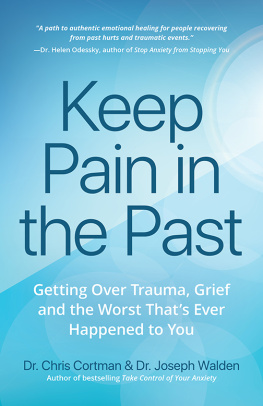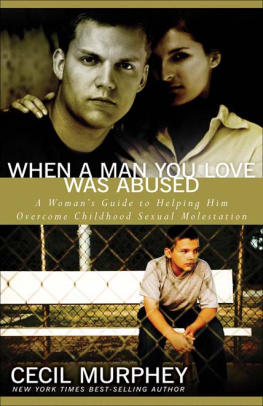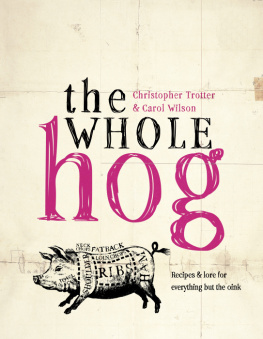HELPING ABUSED CHILDREN AND THEIR FAMILIES
Dr Chris Trotter is Associate Professor in Social Work at Monash University and is also author of Working With Involuntary Clients: A Guide to Practice, published by Sage Publications. He can be contacted for videos and seminars on chris.trotter@med.monash.edu.au
HELPING ABUSED CHILDREN AND THEIR FAMILIES
Towards an evidence-based practice model
Chris Trotter
First published 2004 by Allen & Unwin
Published 2020 by Routledge
2 Park Square, Milton Park, Abingdon, Oxon OX14 4RN
605 Third Avenue, New York, NY 10017
Routledge is an imprint of the Taylor & Francis Group, an informa business
Copyright Chris Trotter 2004
All rights reserved. No part of this book may be reprinted or reproduced or utilised in any form or by any electronic, mechanical, or other means, now known or hereafter invented, including photocopying and recording, or in any information storage or retrieval system, without permission in writing from the publishers.
Notice:
Product or corporate names may be trademarks or registered trademarks, and are used only for identification and explanation without intent to infringe.
National Library of Australia Cataloguing-in-Publication entry:
Trotter, Chris.
Helping abused children and their families.
Bibliography.
Includes index.
ISBN 1 86508 915 X.
1. Child abuse - Prevention. 2. Abused children - Services for. I. Title.
362.767
Set in 11/13 pt Caslon 540 by Bookhouse, Sydney
ISBN-13: 9781865089157 (pbk)
ACKNOWLEDGMENTS
I wish to acknowledge the assistance of numerous people who have contributed to this book. The research project on which the book is based was initiated by the late Robin Clark, the Director of Child Protection in Victoria. Lynn McPherson, Manager of Child Protection Training, Pat Semmens, the regional Child Protection Manager, and Peter Green, the current director, supported the project from the outset and were a key part of its success. Jan Mumford worked tirelessly for two years interviewing more than 300 workers and clients. Particular thanks must go to the staff and clients in child protection in the Eastern Region of the Department of Human Services for their participation in the study. Louise Oliaro and Peter Hiller spent many hours classifying the data and entering it into the computer. Elizabeth Weiss from Allen & Unwin has been exceptionally patient and helped a lot with the way the book developed. Thanks also to Alex Nahlous for editorial assistance. Thanks go also to my colleagues in the Social Work Department at Monash University, particularly Rosemary Sheehan, Delia ODonohue and Lesley Hewitt, who gave me feedback on early drafts. Particular thanks must go to Michael Clanchy, Judith Gibbs, Robbie Gilligan, Judith Burton and Agi OHara who provided valuable comments on the final draft. Thanks also to the Australian Research Council which, with Monash University and the Department of Human Services Victoria, funded the study. And finally thanks to my family, Joan, David, Rebecca and Moo for their support.
1
CHILD PROTECTION IN CRISIS?
I had visited Mr Pope for some months and I knew I should focus on my relationship skills. We should be working togetherin partnership. I had read enough to know that the big stick approach did not work.
But I also knew he had hit his two-year-old child on two occasions, once so severely that she had to be admitted to hospital. And he seemed to show little, if any, remorse for what he had done. I was also being told by my supervisor that protection of the child from further abuse was my primary responsibility. How was I supposed to work in partnership and protect the child? How could I get him to understand that hitting his child not only damaged her physically but would also cause irreparable long-term damage to her.
I was never quite sure what I was supposed to say to him. Should I be reminding him of the damage he could do, telling him about other children who had been killed by their parents, confronting him about his lack of understanding and remorse? Or should I be working in partnership? Did this mean accepting his twisted perspective? What was it exactly that I could say and do to make little Sophie safer?
I was also expected to conduct an ongoing risk assessment. If the risk continued to be high we would have to go back to court to have an order made so I could keep seeing the family. Somehow I was supposed to work in partnership with Mr Pope, be open about my role and purpose, but also find out whether he was lying to me about how he was treating Sophie. In order to get the information to protect Sophie I could not be completely open about what I was doing. I had to visit without warning, catch him off guard, or encourage him to give himself away. Anyway it never seemed like partnership.
I was also never quite sure how I was supposed to be helping this family with their problems. I had persuaded Mr Pope to start seeing a social worker at United Family Services. The social worker was trying to get him into a parenting skills group. A nurse from the Deparment of Health was also visiting several times a week again in an attempt to help Mr Pope with caring for Sophie. The other workers seemed to be in the partnership but I didnt.
These words, uttered by Margaret, who has worked in child protection for some years, reflect the dilemma which so many professionals face in child protection and child welfare work. How do you work in partnership and simultaneously assess risk and exercise authority?
This book is about how Margaret and other child protection workers can help people like Mr Pope to provide better care for their children. It is about how you can help children and their parents in what have often become proceduralised and forensic child protection systems. It is about what works and what doesnt.
There are of course many instances when the best interests of children are served by removing them from their families. The focus of this book is not, however, about making decisions regarding whether or not children should be removed. It is more about how to work with families and children, where the families are together but there continues to be ongoing child protection concerns.
The book is about work in government child protection services. It is, however, also relevant to those who work with abused children in voluntary agencies or family support programs.
I have used the term client to refer to parents, children or carers who are involved in the child protection system. It is acknowledged, however, that the interests of an abused child are often very different to those of a parent. In fact it is often argued that the child or young person who has been abused or neglected should be viewed as the client. So while I have used client to describe all service recipients I have tried throughout the book to distinguish between two types of clientsclients who are parents or carers (and in many cases perpetrators) and clients who are children or young people who have been the victims of child abuse and neglect.
The media gaze
For the past two decades the field of child protection has been full of controversy. In the words of one American commentator,




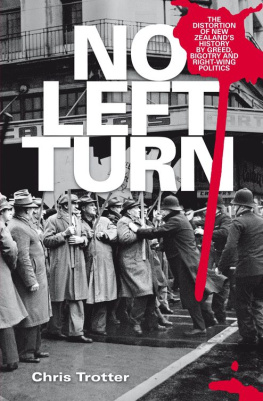
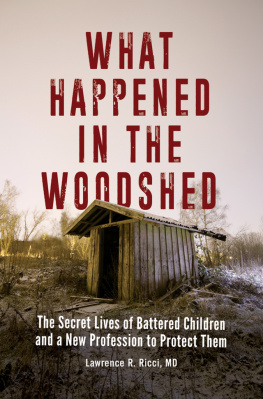
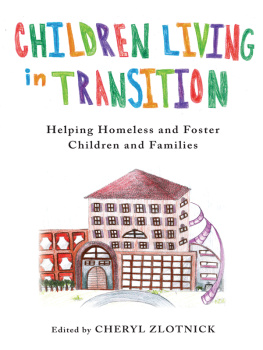
![Heitritter Lynn - Helping victims of sexual abuse: [a sensitive biblical guide for counselors, victims, and families]](/uploads/posts/book/212530/thumbs/heitritter-lynn-helping-victims-of-sexual-abuse.jpg)
